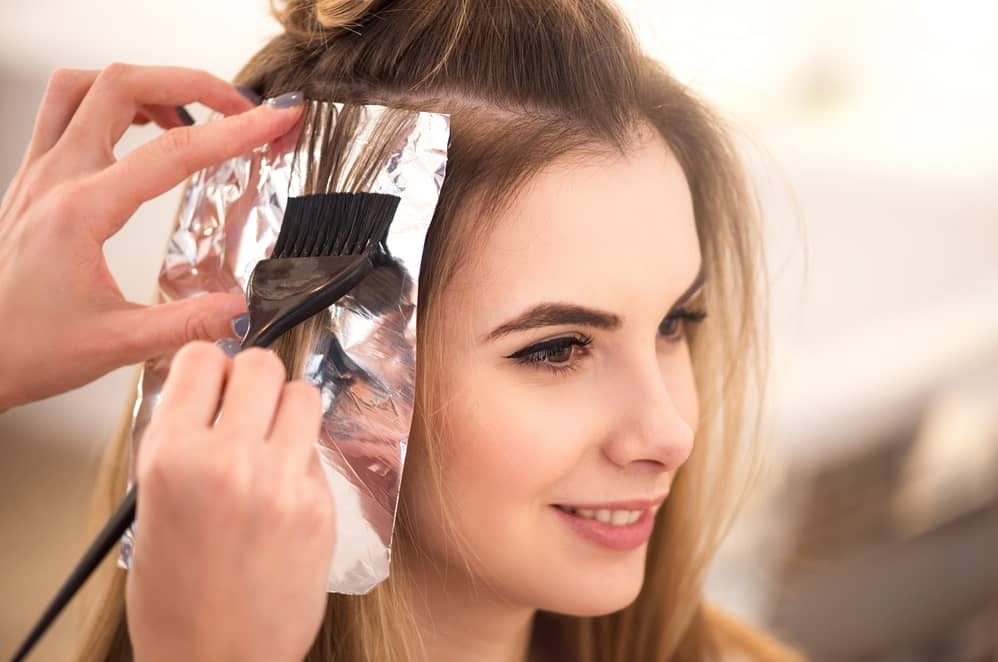If you’ve ever looked closely at your beard and noticed a few rogue red hairs popping out amidst your thick, dark black facial hair, you’re not alone. It might feel strange, especially if your head hair is a different color entirely. But the presence of red hairs in a black beard is more common than you think—and it’s all about genetics, pigment, and a bit of biological quirkiness.
1. Genetic Mix and Melanin Variations
The main reason why you might have red hairs in your black beard comes down to genetics. Hair color is determined by the types and amounts of melanin (pigment) produced in your hair follicles. The two main types of melanin that affect hair color are eumelanin, which leads to black or brown hair, and pheomelanin, which produces red or yellow tones.
Even if you have predominantly dark hair on your head or body, you may carry genes for red hair from one of your parents or even further back in your family tree. In some areas of your body—like your beard—the gene for red hair can be expressed more prominently, leading to those surprising ginger strands.
2. The MC1R Gene: The Redhead Gene
One of the key players in this genetic mix is the MC1R gene. This gene regulates the type of melanin produced in your body. If you inherit certain variants of the MC1R gene, it can lead to a higher production of pheomelanin, which gives redheads their distinctive hue.
You don’t have to be a redhead to carry this gene. Many people who aren’t naturally red-haired still carry the gene variant, and it can express itself in different ways—like those random red beard hairs. So, even if you’ve never had red hair on your head, the gene can make a guest appearance in your beard.
3. Pigment Changes Over Time
Have you noticed more red hairs as you get older? That’s not unusual either. As we age, the way our body produces melanin can change. Some hairs may produce less eumelanin (the dark pigment), causing the red pigment to stand out more. In some cases, you might even see a mix of black, red, and even white or grey hairs as your beard evolves over time.
The change isn’t always dramatic; it could be subtle enough that it takes a while to notice. You might see a small patch of reddish hair develop, or just a few individual hairs scattered here and there.
4. Environmental Factors
Interestingly, factors outside of genetics can also influence hair color. Sun exposure is a big one. If your beard is exposed to sunlight often, it can lighten the hair and cause a subtle red or coppery tint to appear. This is more common in people with dark beards because the sun breaks down eumelanin faster than pheomelanin, allowing any underlying red tones to come through.
Similarly, the environment you live in, your grooming habits, or even changes in diet can contribute to shifts in hair pigmentation over time, though these effects are usually less pronounced than genetics.
5. Does This Affect Beard Health?
The good news is that those red hairs are completely normal and don’t signify any issues with the health of your beard. In fact, they can be a unique feature that adds character to your look.
Some people even embrace the multi-tonal beard as a distinctive, eye-catching trait. If you’re not a fan of the red, however, it’s possible to dye your beard to create a more uniform appearance—though that can require regular maintenance.
6. Embrace the Variety
Whether it’s a single streak of fiery red or just a couple of random hairs, having some red in your black beard is part of what makes your facial hair uniquely yours. The genetic lottery that determined your beard’s color is a fascinating mix of heritage, biology, and a touch of randomness.
So the next time you catch a glimpse of those red hairs, consider them a testament to your genetic complexity. They’re a nod to your ancestors and a small reminder that we all carry little pieces of our family’s history in ways we might not expect—even in our beards.
In the end, whether black, red, or somewhere in between, your beard is a natural extension of who you are.








